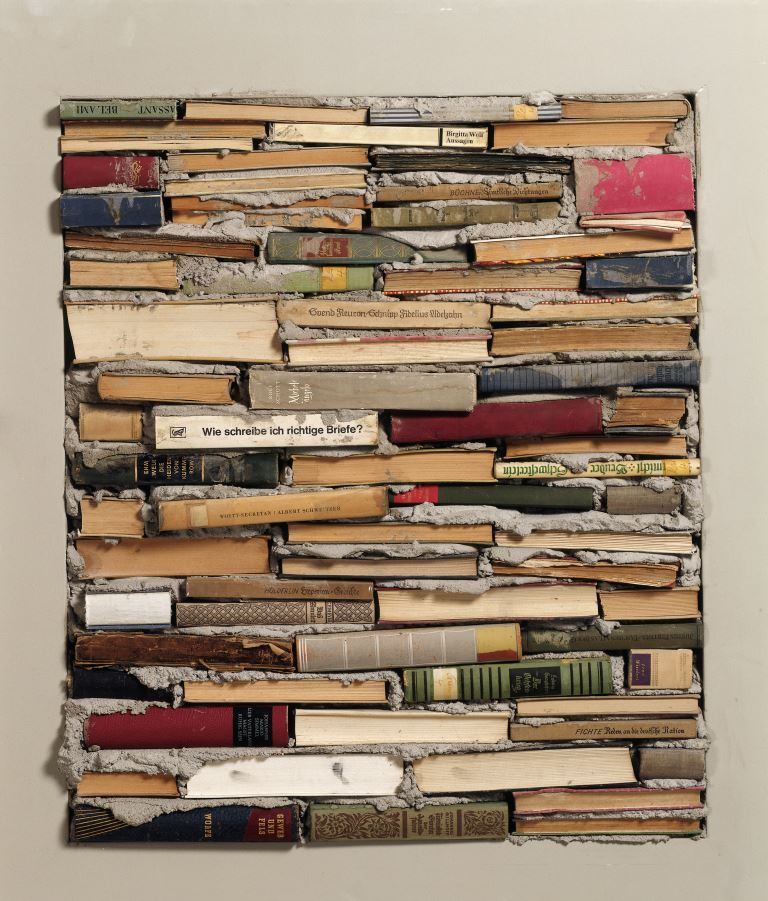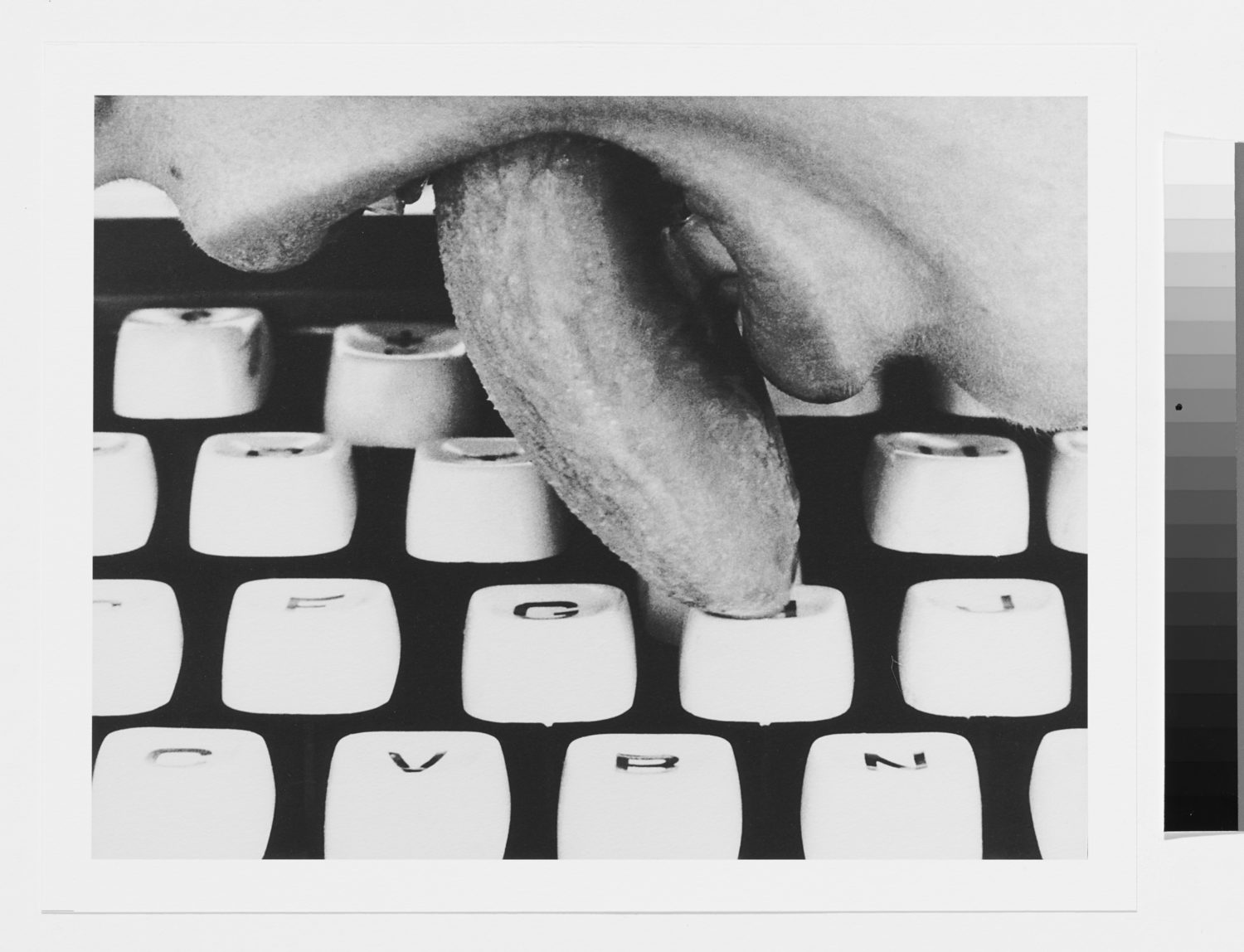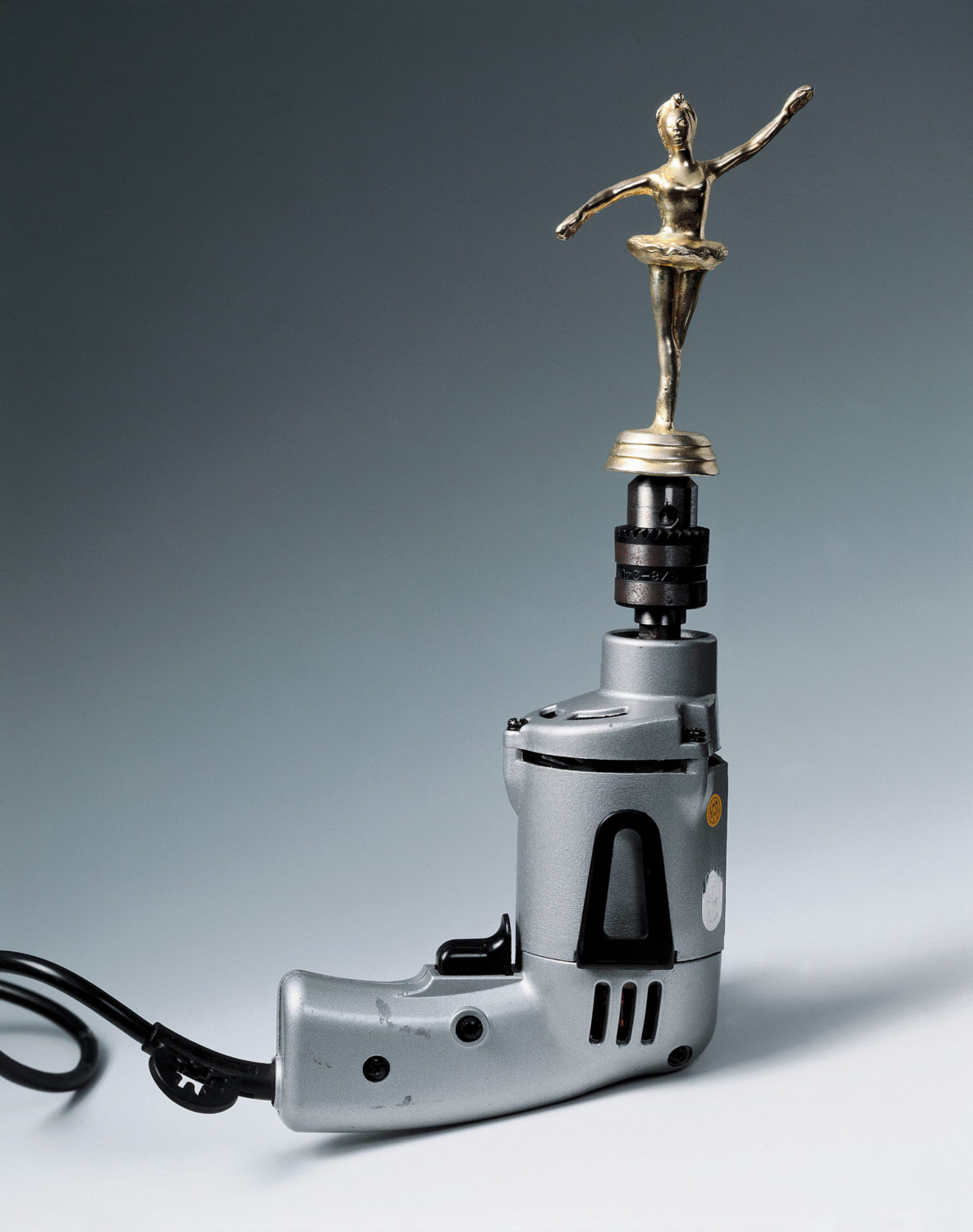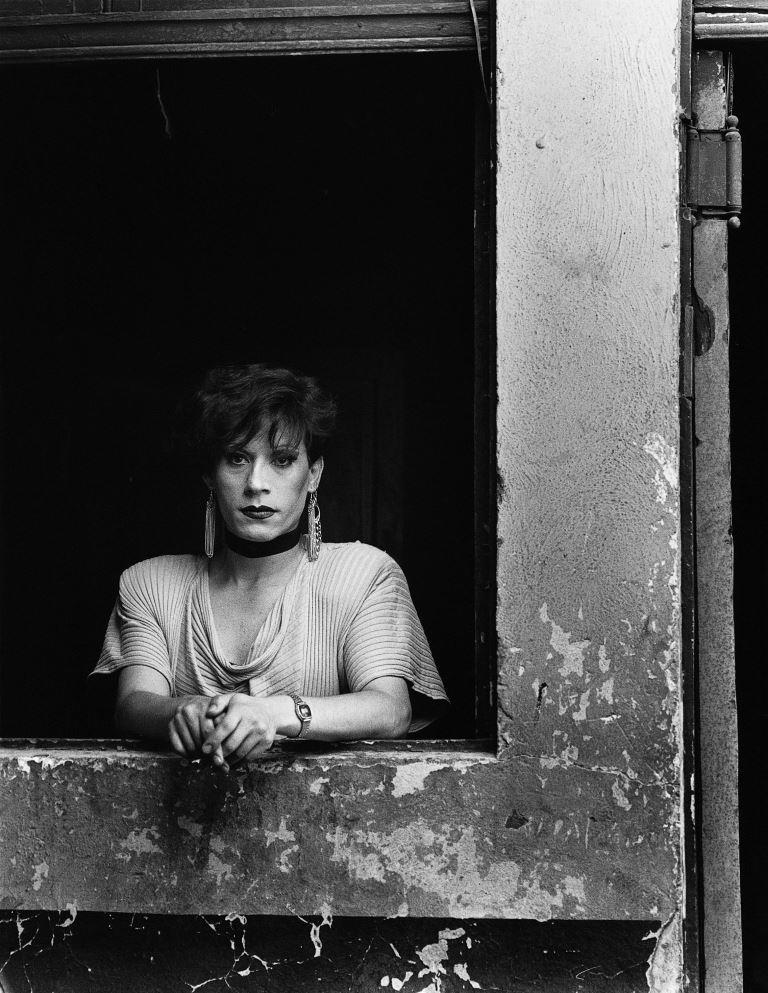Tools For Utopia: Transgressive 20th Century Latin American Art At The Kunstmuseum Bern
By Something CuratedOpening at the Kunstmuseum Bern on 24 November 2020, and running until 21 March 2021, the exhibition Tools for Utopia takes its starting point from a selection of works created between the early 50s and late 70s by artists from Brazil, Venezuela, Uruguay and Argentina. Conceived in times when many of these Latin American countries were torn by local and international conflicts and ruled by brutal, corrupt and unpredictable dictators – their works were a means of transgression. Not only were they created in response, but were perceived as an artistic counterproposal to the experience of totalitarian political systems: a sign of genuine engagement and an experiment that included the ingredients of social and political utopia.

This major autumn exhibition, curated by Marta Dziewańska, is organised around the notion of “tools”, referring to historic works of art that sought to transcend representation, shed light on the spaces beyond and outside the artwork and become active agents for the transformation of society. It is particularly timely to reflect on these ideologies of resistance through creativity in light of current events – the exhibition has been devised in the midst of a global pandemic, climate and civil rights protests, at a moment that seems poised for change.

Director of the Kunstmuseum Bern, Nina Zimmer tells Something Curated: “Not only in Latin America, which is suffering severely from the Coronavirus crisis, but everywhere on the globe, people are asking how our societies must evolve socially and politically going forward. Tools for Utopia is looking for ways in which the accumulated memory storage of Latin American art can inspire and activate us today.”

The show features historic works by acclaimed artists including Mira Schendel, Ana Mendieta, Gego, Hélio Oiticica, Carlos Cruz-Diez, Jesús Raphael Soto, Liliana Porter and Julio Le Parc. The selection of contemporary works includes artists who explore the body as a political tool of resistance and self-determination. Doris Salcedo, Paz Errázuriz, Belkis Ayón, Juan Manuel Echavarría, Teresa Margolles, Miguel Ángel Rojas and others make visible marginalised and injured bodies and often use their own bodies to articulate their opposition towards different forms of violence that continue to shape societies.

By looking at historical works alongside contemporary ones, Tools for Utopia examines the ways in which the urge to “actively inhabit the present” is continued, further complicated and questioned by the artists of the following generations. Zimmer remarks: “While we are looking at this chapter of engaged art from a historical perspective, we want to show how artistic movements in Latin America served as catalysts for the cultural, social and political imagination at the time. We would like to ask what remains from these political ambitions and what they can stand in for today.”
Feature image: Evelyn I, Paz Errázuriz, Santiago de Chile, 1987. © 2020, ProLitteris, Zurich. Courtesy: Daros Latinamerica Collection, Zürich